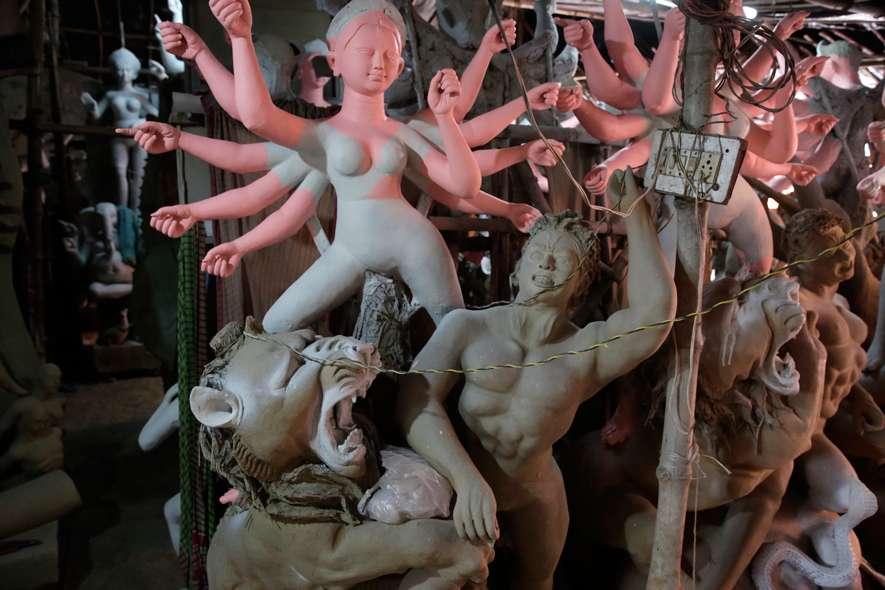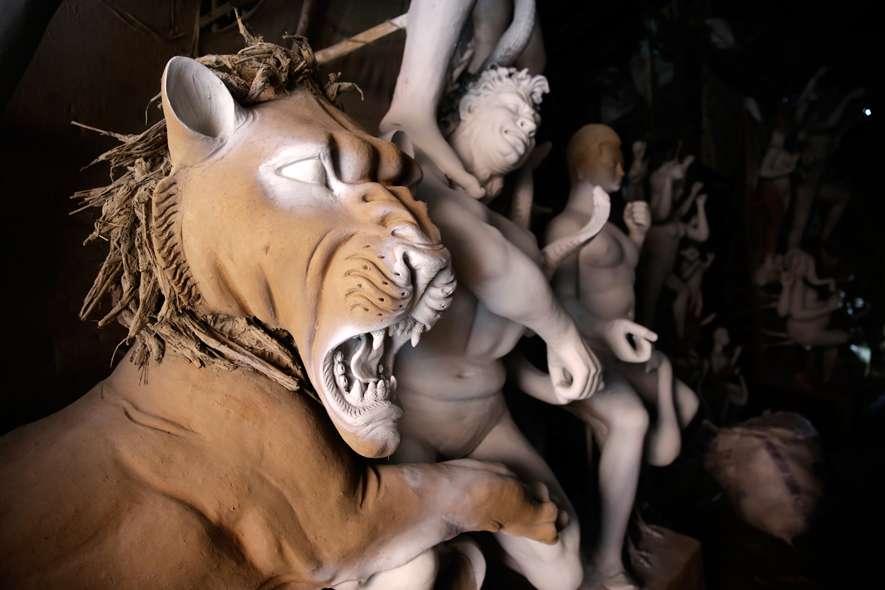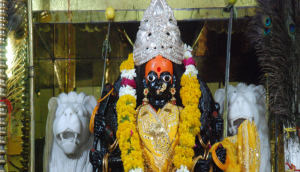In pictures: Revisiting the myth of Durga and Mahishasura
According to mythology, the Hindu goddess Durga was an incarnation of \'Shakti\', the eternal power. When the demon Mahishasura\'s tyranny crossed the land of mortals to threaten the abode of gods, Durga fought the fiend who epitomised the forces of evil. The day she slew Mahishasura is celebrated as Vijayadashami.
However, several divergent versions of this folklore have increasingly found their way into the mainstream discourse in recent times. Many of these accounts differ in the depiction of Mahishasura as a mythological villain.
This stream of thought demands a revision of conventional convictions. While one is free to agree or disagree with these ideas, it is no longer possible to ignore them. The \'Mahishasura martyrdom\' day, celebrated every year after Vijayadashami by a section of the society is proof of this .
Five years ago, famous Hindi writer and political activist Prem Kumar Mani wrote an insightful article on the issue.
According to Mani, "The real story of Durga and Mahishasura is like this: The word \'Mahisha\' refers to buffaloes in Sanskrit. The literal meaning of \'Mahishasura\' can be interpreted as \'Asura\' or devil that looks like a buffalo. In traditional lexicography, \'Asura\' means something that is not \'Sura\' or a deity. The term also denotes Brahmins or other upper castes in some contexts. They are a class that is not required to engage in any labour. While \'Asura\' means people who work, we can say workmen in today\'s world.
"By this logic, \'Mahishasura\' is a person who rears buffaloes and sells milk. One might assume that the word \'Aheer\' (an Indian ethnic group, some members of which identify as being of the Yadav community) has also originated from \'Asura.\' The \'Mahishasura\' caste must have inhabited the lands of Bengal ages ago. It appears they belonged to the Dravidian race.
"The Aryans took the help of Durga to defeat them. The prostitutes in this region still claim to belong to the genealogy of Durga. The Durga idols are still not completed without clay from their homes. It took Durga nine nights to kill Mahishasura.
"The Brahmins, who had sent her, waited with bated breath during this period. This must have been a difficult time for them. Deceit was one of the tools in this battle. At last, Durga succeeded in her mission on the ninth night, making Aryans (Brahmins) erupt in joy."
It is almost impossible to ascertain the veracity of any of the myths associated with Durga. This story does not even attempt to do this. These pictures only seek to present this alternate strand of mythology. Every story, howsoever contentious, needs to be told.



















![BJP's Kapil Mishra recreates Shankar Mahadevan’s ‘Breathless’ song to highlight Delhi pollution [WATCH] BJP's Kapil Mishra recreates Shankar Mahadevan’s ‘Breathless’ song to highlight Delhi pollution [WATCH]](https://images.catchnews.com/upload/2022/11/03/kapil-mishra_240884_300x172.png)

![Anupam Kher shares pictures of his toned body on 67th birthday [MUST SEE] Anupam Kher shares pictures of his toned body on 67th birthday [MUST SEE]](https://images.catchnews.com/upload/2022/03/07/Anupam_kher_231145_300x172.jpg)






